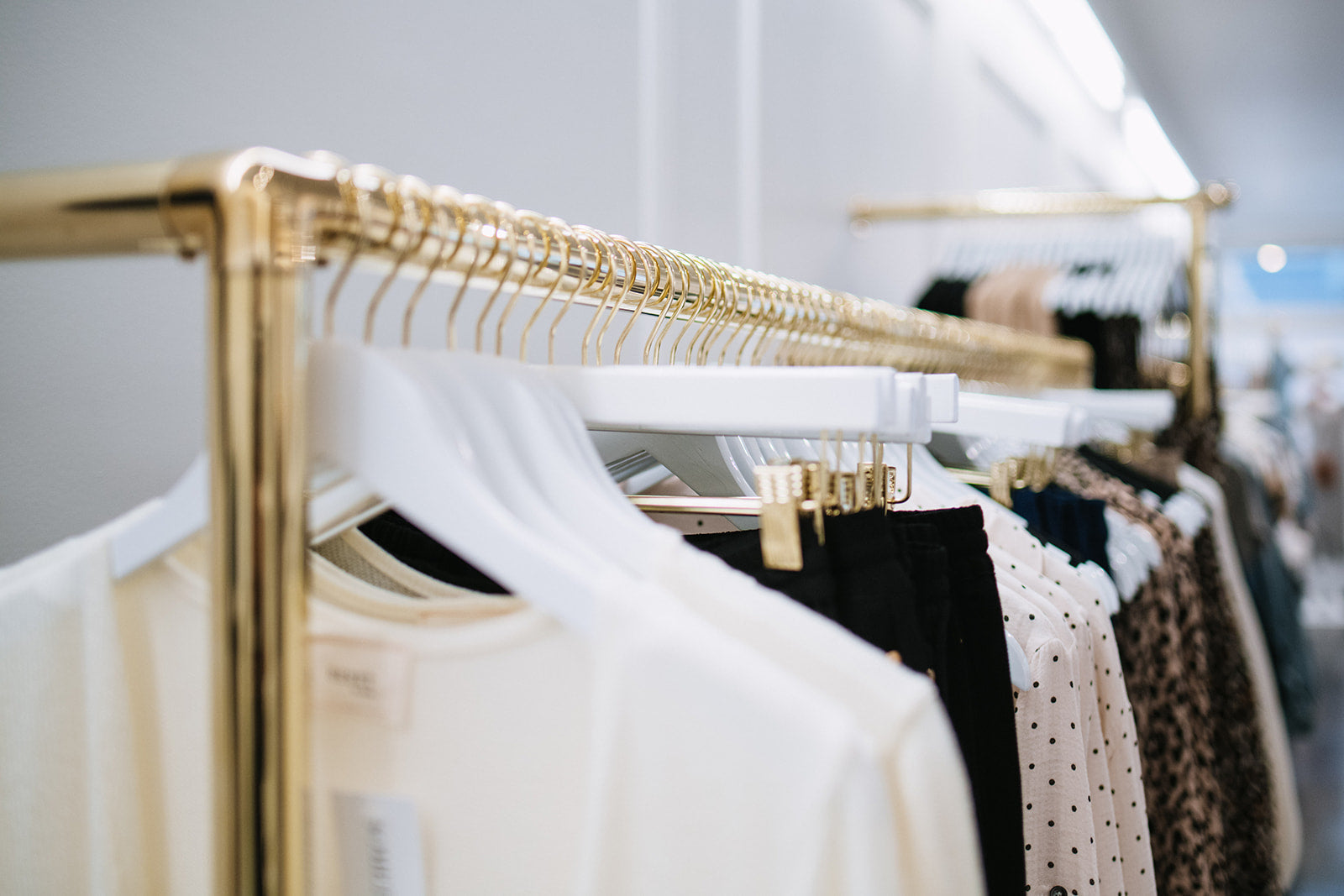A Novice's Guide to Browsing the Boutique Fashion Scene
A Novice's Guide to Browsing the Boutique Fashion Scene
Blog Article
Lasting Fashion: Exactly How Eco-Friendly Clothes Is Shaping the Future of Design
As the fashion industry faces increasing analysis over its environmental influence, the increase of lasting fashion provides an appealing option that lines up style with eco-friendly duty. boutique fashion. Just how does this movement truly influence the future trajectory of style, and what challenges exist ahead in its widespread adoption?
Cutting-edge Lasting Materials
As the fashion industry grapples with its environmental influence, ingenious sustainable products have arised as a crucial service for lowering ecological footprints. These materials not only reduce dependence on fossil gas however also minimize unsafe pesticide use and water intake.
In addition to plant-based products, advancements in biofabrication have led to the development of lab-grown textiles. Mycelium natural leather, stemmed from mushroom roots, presents a naturally degradable and flexible alternative to pet leather. Its production leads to considerably reduced carbon exhausts and water use, making it a more lasting alternative for style developers seeking to straighten with environment-friendly methods.
Recycled materials are also obtaining traction, with polyester made from recycled plastic bottles representing a significant breakthrough. This development not just diverts plastic waste from seas and garbage dumps but also decreases power intake compared to generating virgin polyester. With each other, these products highlight the potential for an extra sustainable fashion business, leading the way for environmentally aware design and manufacturing.
Eco-Conscious Manufacturing
Building on the advancements in lasting products, the apparel industry is additionally re-evaluating its production processes to better decrease environmental impact. Trick techniques include minimizing water usage, reducing carbon exhausts, and removing harmful chemicals. By taking on closed-loop systems, suppliers intend to recycle water and energy successfully, dramatically lessening waste. The assimilation of renewable resource sources, such as solar and wind power, right into manufacturing centers additionally reduces dependence on fossil gas.
Another essential aspect is the decrease of harmful chemicals typically used in dyeing and completing textiles. Eco-conscious producers are changing towards plant-based dyes and waterless dyeing modern technologies, which not just safeguard local ecosystems but also enhance employee safety. Technologies like digital printing lower material waste and energy intake, providing a cleaner choice to conventional techniques.
With the improvement of blockchain innovation, business can now give detailed insights right into their supply chains, making sure eco friendly and ethical practices at each step. As the need for eco-conscious products grows, manufacturers are compelled to innovate, making certain that the future of fashion is both elegant and lasting.
The Rise of Upcycling
Upcycling, a transformative technique in sustainable fashion, involves creatively repurposing thrown out products into brand-new, high-grade items. This ingenious method not just reduces waste yet additionally diminishes the need for basic materials, thus reducing the ecological effect of clothes manufacturing. By reconstructing and reimagining existing products, developers and fashion brands have the ability see to instill creativity into their collections while advertising environmental obligation.

Additionally, the upcycling motion has actually encouraged independent developers and little organizations, that usually lead in innovation due to their dexterity and creativity. By taking advantage of the abundant availability of extra materials, these entities add to a round economic climate, demonstrating that fashion can be both sustainable and elegant. Through upcycling, the industry takes substantial strides towards a more aware and responsible future.
Thrift Culture's Impact
The growing second hand society dramatically improves the landscape of sustainable style, highlighting the significance of conscious intake. This social change encourages customers to accept used apparel, therefore lowering the need for brand-new garment production and minimizing ecological impact. Second hand buying not only extends the lifecycle of clothes but also reduces the carbon impact connected with manufacturing, delivering, and disposing of clothing.
An essential element of thrift culture is its democratization of fashion. By offering a broad array of designs from various periods at economical costs, second hand shops make fashion available to a wider target market. This accessibility cultivates a feeling of individuality and creativity, as customers mix and match one-of-a-kind items to curate personalized closets without contributing to the rapid style cycle.
Additionally, thrift culture promotes circularity in fashion, aligning with the concepts of a circular economy. As even more developers and customers embrace thrift society, the style industry is urged to adapt, integrating sustainable methods to fulfill the expanding demand for eco-conscious choices.

Future Trends in Fashion
Style's advancement is increasingly shaped by sustainability-driven campaigns and technological technologies. One prominent fad is the rise of electronic style, where digital garments can be worn in increased reality settings, significantly lowering fabric waste.
Moreover, the integration of blockchain innovation uses brand-new possibilities in transparency and traceability, permitting consumers to validate the sustainability qualifications of their garments. boutique fashion. This ensures responsibility in supply chains and promotes honest sourcing methods. 3D printing is yet one more development that promises to change producing procedures by making it possible for on-demand production, therefore decreasing excess stock and waste
In addition, the growth of bio-fabricated materials, such as lab-grown leather and plant-based textiles, offers sustainable options to standard materials. These technologies reduce dependence on animal products and resource-intensive plants. As these modern technologies grow, they are positioned to change the fashion landscape, combining design with sustainability. The future of style, consequently, hinges official website on a seamless blend of modern technology, advancement, and ecological responsibility.
Conclusion
The transformation of the style market via lasting practices shows a critical change in the direction of environmental responsibility. This advancement not just lines up style with ecological sustainability however also establishes a criterion for future trends focused on responsibility and innovation.
As the fashion market deals with increasing analysis over its ecological influence, the increase of lasting fashion offers a promising alternative that lines up design with eco-friendly responsibility.As the style sector grapples with its ecological impact, cutting-edge sustainable products have emerged as an important service for reducing environmental impacts. With each other, these products highlight the possibility for a much more sustainable fashion sector, leading the way for environmentally conscious design and manufacturing.
Building on the developments in lasting products, the style industry is additionally re-evaluating its manufacturing processes to additionally decrease environmental effect. boutique fashion.Upcycling, a transformative technique in lasting fashion, involves artistically repurposing discarded products into new, hop over to here top notch items
Report this page